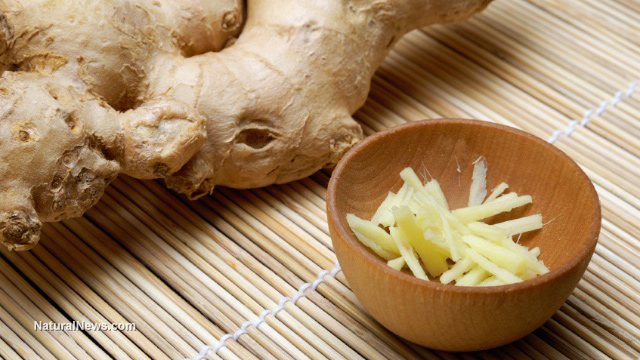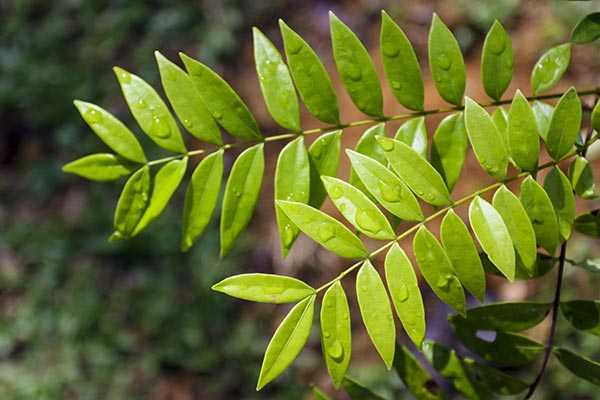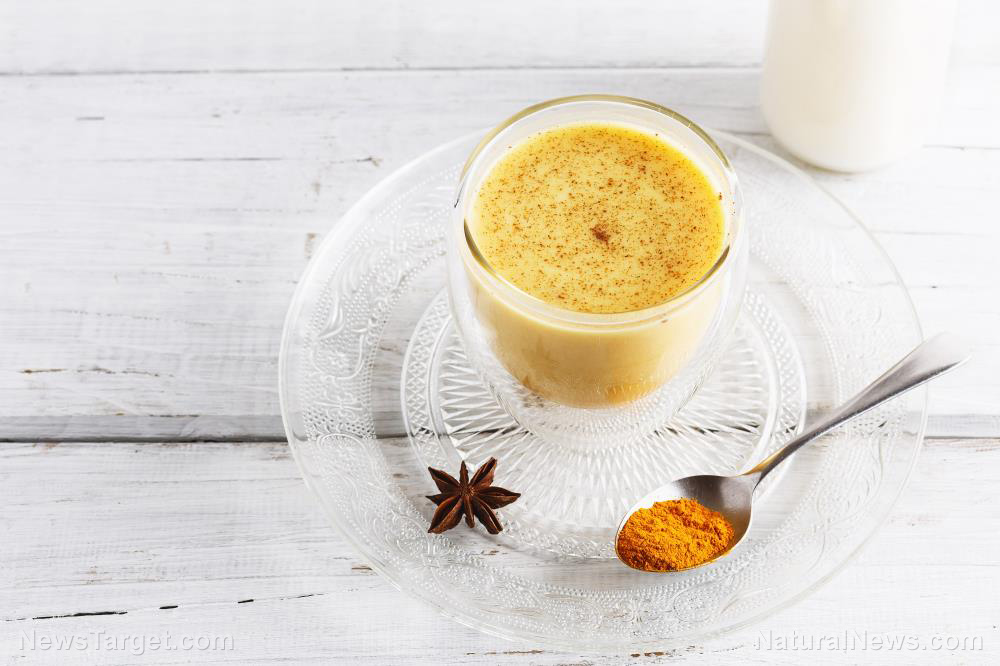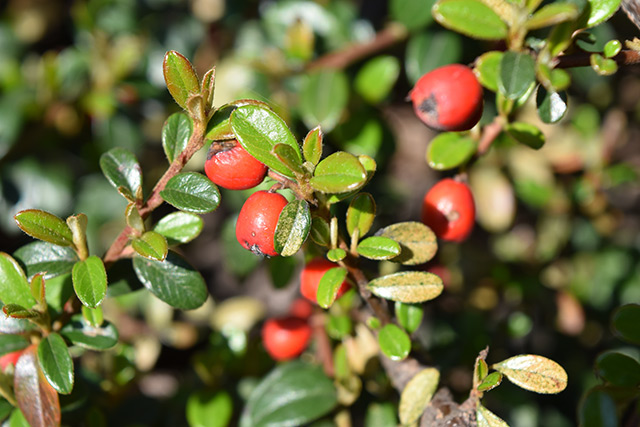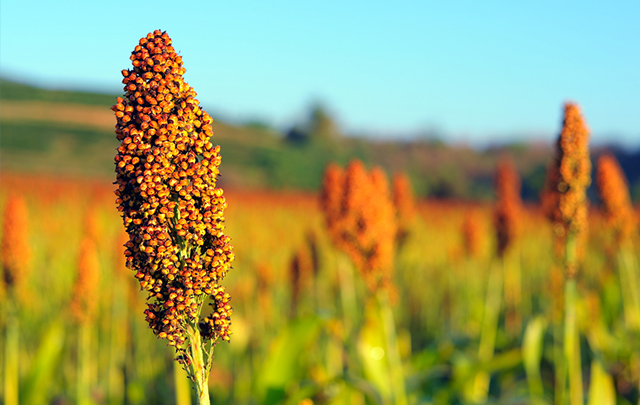Research suggests that medicinal herbs green chiretta and ashwagandha are good sources of phytochemicals
04/09/2020 / By Evangelyn Rodriguez

Since ancient times, various herbs have been used by traditional healers to treat ailments that afflict both humans and animals. The medicinal properties of these herbs come from their phytonutrient content, which they produce to either aid in metabolism or as a byproduct of the said process.
Phytonutrients are mainly classified into carotenoids and polyphenols. Carotenoids are pigments that give plants their red, yellow or orange hues, while polyphenols are responsible for defending plants against environmental stress. Both classes have biological activities that are beneficial to human health.
In recent years, research into medicinal herbs and their chemical components have shed light on the roles these chemicals play in plant defense mechanisms. Scientists have also uncovered the identity of these bioactive compounds and their applications in modern medicine.
In a recent study published in The Journal of Phytopharmacology, researchers from India investigated the phytochemical composition of two well-known herbs, Andrographis paniculata (green chiretta) and Withania somnifera (ashwagandha). They also estimated the total phenolic content of both herbs’ leaf extracts and found that they are rich sources of medicinal compounds, which make them suitable natural treatments for many common ailments.
The phytonutrient content of green chiretta and ashwagandha
Green chiretta is an annual plant that belongs to the family Acanthaceae (acanthus). It is also known as the “king of bitters” due to its extremely bitter taste. According to studies, the roots and leaves of green chiretta have healing properties, which are highly valued in Ayurvedic medicine. The major compounds found in its leaves, which are also responsible for green chiretta’s medicinal properties, include andrographolide, paniculide, panicoline, andrographine and methoxyflavone.
Ashwagandha, also known as Indian ginseng, is another important herb used in Ayurvedic medicine. The health-promoting properties associated with ashwagandha include the ability to calm the mind by creating a sense of well-being, and the ability to relieve weakness and nervous exhaustion by improving sleep quality. Research has found that ashwagandha leaves are rich in anolides, a group of steroidal lactones responsible for the herb’s pharmacological activities.
For their study, the researchers used spectrophotometry and chromatography to screen the phytochemical composition of leaf extracts of green chiretta and ashwagandha. They found that both herbs are rich in alkaloids, glycosides, phenols, flavonoids, terpenoids and saponins. These compounds, most notably flavonoids, are credited with having antioxidant, antidepressant, anti-inflammatory, anti-microbial, anti-cancer, cardioprotective, anti-diabetic and hepatoprotective activities, among others.
The researchers also found that the total phenolic content of green chiretta is 30.99 mg gallic acid equivalent (GAE) per gram sample. Meanwhile, the total phenolic content of ashwagandha is 232.44 mg GAE per gram sample. Polyphenols are also known as potent antioxidants; they work by scavenging free radicals that can damage healthy cells via oxidation. The cellular damage caused by these harmful molecules are linked to the development of chronic diseases.
Based on these findings, the researchers concluded that the leaves of green chiretta and ashwagandha are abundant sources of medicinal compounds, especially antioxidant phenols, that can help treat or prevent serious health conditions.
Known medicinal uses of green chiretta and ashwagandha
Green chiretta is known for boosting immune function, which is why it is commonly used to treat cold and flu symptoms. Besides these ailments, green chiretta can also be used to address various diseases, such as rheumatoid arthritis, upper respiratory tract infections, ulcerative colitis, multiple sclerosis and certain types of cancer.
Ashwagandha, on the other hand, is well-known as an adaptogen — an herb capable of helping the body manage stress. Ashwagandha can also benefit the body in other ways, such as by increasing energy levels, lowering blood sugar levels, inducing apoptosis in cancer cells, reducing cortisol levels, fighting anxiety and depression, increasing male fertility, boosting muscle mass and strength, reducing inflammation, decreasing blood cholesterol levels and improving brain function.
Both green chiretta and ashwagandha are available as herbs or supplements. While both are considered generally safe for consumption, pregnant and breastfeeding women, as well as those with autoimmune diseases and heart disease, are discouraged from taking green chiretta or ashwagandha supplements. For your safety, consult your natural health practitioner before using either to prevent any undesirable effects.
Sources include:
PhytoPharmaJournal.com [PDF]
Tagged Under: alternative medicine, antioxidants, ashwagandha, Ayurveda, Ayurvedic medicine, disease prevention, flavonoids, green chiretta, herbal medicine, Herbs, Indian ginseng, natural cures, natural medicine, phenols, phytochemicals, phytonutrients, plant medicine, remedies, research
RECENT NEWS & ARTICLES
Herbs.News is a fact-based public education website published by Herbs News Features, LLC.
All content copyright © 2018 by Herbs News Features, LLC.
Contact Us with Tips or Corrections
All trademarks, registered trademarks and servicemarks mentioned on this site are the property of their respective owners.

